Perched at the point on the Rhine River where Switzerland, Germany and France touch noses, bright and buzzy Basel is an under-rated destination, despite its eye-catching appeal. It was the disembarkation point for my Emerald Waterways’ river cruise and I began my city exploratory on the riverside promenade at “Little Basel.” On the sunny south side of the Rhine, directly facing the old town, the locals were out in force to soak up the early morning rays and classic city views, as Basel’s gondola-like ferryboats glimmered in the languid waters. Diversity, creativity and art is the calling card of Little Basel, where the cheaper rents have given rise to an explosion of small independent enterprises touting for business. It’s all very boho and boutiquey, where you could easily while away half a day happily browsing and snacking from the corner shops, eateries and bars, that flank the leafy narrow streets.
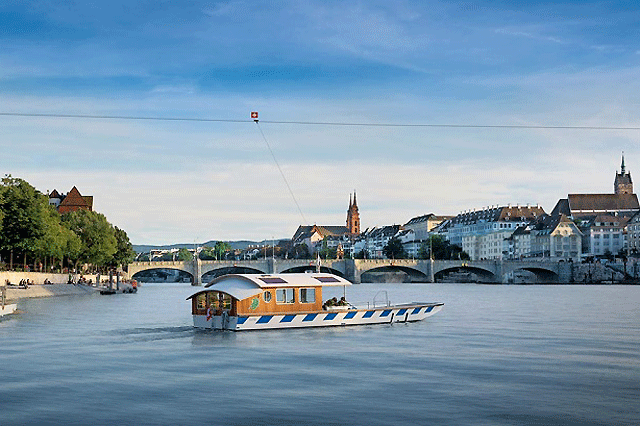
There’s an unmistakeable multi-cultural vibe to Little Basel, with migrants from India, Turkey and the Balkans spicing up the fare in the traditional blue-collar neighbourhood. From there I crossed the Middle Bridge (Mittlere Rheinbrucke), a gorgeous old stone structure, that leads you into the heart of central Basel’s old town. It is the successor of the very first wooden bridge built over the Rhine here in 1226, routinely used as a catwalk for Basel’s time-honoured celebrations, as the parade of barges continually glide through its low-slung arches. Across the bridge, I sized up the elegant good-looks of Grand Hotel Les Trois Rois, Basel’s grand dame, where the façade is graced is graced with statues of the three wise men. A young Napoleon Bonaparte might have fancied himself as the fourth, when he lunched here in 1797.
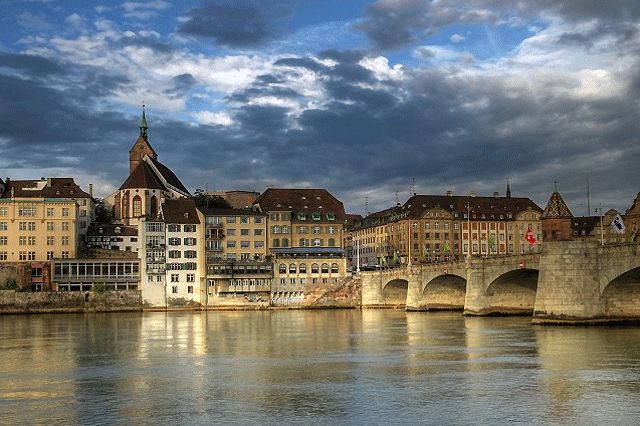
Arriving into Marktplatz, under bright limpid skies, the venerable mercantile hub was heaving in frenetic market trade. The abundant flower, fruit and vegetable stalls added even more colour into the theatrical spectacle. If you’re visiting in the cooler months, snap up a bag of hot roasted chestnuts, who’s savoury heady scent wafts across the cobbled square. Backing the square is the regal red edifice of the Rathaus, built as a powerful symbol to honour Basel’s admission into the Swiss Confederation in 1501. Now a mix of neo-Gothic, neo-Renaissance and art nouveau architecture, it is richly embellished with shields, painted figures and a golden spire. were added in 1900. Step into the courtyard, to feast over the Renaissance-era frescoes.
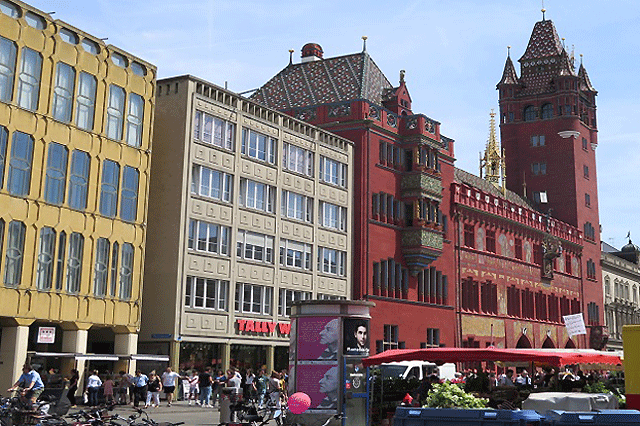
The heart of Basel is crammed with half-timbered houses, their exteriors largely unchanged since the 1600s. Miles of shop-lined pedestrian zones are heavily woven into the resolutely preserved medieval core. I eagerly staked out the city’s most cherished specialty, Baseler Lackerli, a chewy gingerbread loaded with almonds, honey and dried fruit. Confiserie Bachmann, at 51 Gerberstraase, does a fine version, but three doors down at 57 Gerberstrasse, is the holy temple of the sweet treat, Läckerli-Huus, where it’s packed into elegant tins and toy drums.
Festive fanatics? Make a beeline to the seductive and historic Spalenberg shopping street, where at 14 Spalenberg, you’ll find Johann Wanner. Christmas aficionados will be in seventh heaven, perusing the highly specialised handiwork, headlined by handblown, hand-painted, and hand-moulded Christmas ornaments and Victorian miniatures. Take a deep breath, you’ll wince at the prices.
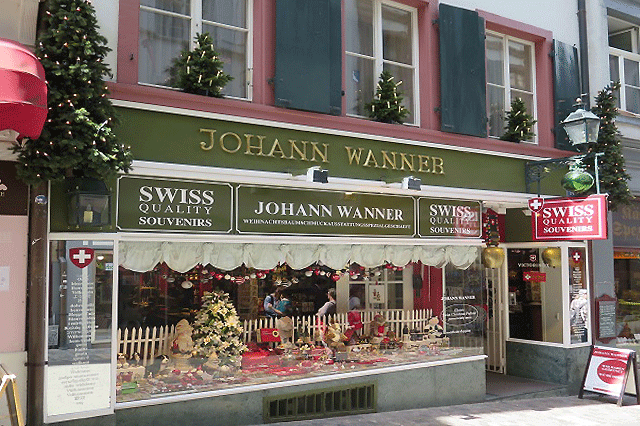
Two blocks from the heart of the thriving shopping district you can walk along medieval residential streets cloaked in perfect, otherworldly silence to Münsterhügel (cathedral mount), where the Romanesque-Gothic cathedral offers angelic views over the old town. When Basel’s devastating earthquake destroyed much of the building in 1356, subsequent reconstruction, which lasted about a century, conformed to the on-trend Gothic style.
Home to Switzerland’s oldest university, founded in 1460, it’s fed the imagination of the city and the nation, including unleashing Switzerland’s enduring stature of neutrality, following the Thirty Years’ War.
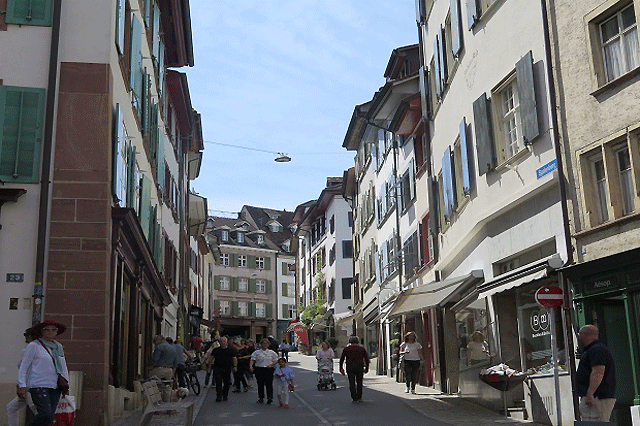
This city on the Rhine may lack the gilt and glamour of Zurich or Geneva, but there’s no doubting its sense of sophistication and artistic gravitas, boasting over 30 museums, including the world-class Kunstmuseum, the Foundation Beyeler and Museum Tinguely. Head to the Kuntsmuseum for the old masters and the Foundation Beyeler in its Renzo Piano-designed building for a well-rounded walk through of modern art. (As an aside, another stirring piece of architecture is the Congress Centre behind Little Basel, with its striking open-air circular roof feature.) From Rembrandt and Rubens to Monet and van Gogh, they are world-class collections. But Museum Tinguely is where you’ll find yourself sizing up and circling truly wacky installations. It is head-scratchingly good.
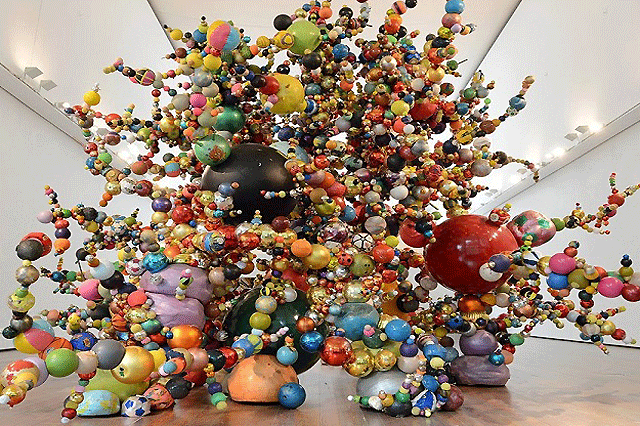
Jean Tinguely was a 20th century master of mechanical sculpture, whimsically transforming machinery, appliances, and items straight from the junk heap into ironic and often macabre statements. One of his more elaborate constructions, Le Ballet des Pauvres, from 1961, suspends a hinged leg with a moth-eaten sock, a horse tail and a fox pelt, a cafeteria tray, and a blood-soaked nightgown, all of which dangle and dance on command. Many of the sculptures are activated at pre-set times, usually every 5–15 minutes, so it pays to wait and see them in action.
In Theatre Platz, I stopped to marvel over the Carnival Fountain which was also created by the Swiss artist. This playful, animated fountain has been a forty year-long fixture, where whimsically styled metal figures busily churn, lash, and spray with boundless energy. It is dramatically impressive in winter when the jets of water freeze, creating unique airborne sculptures.
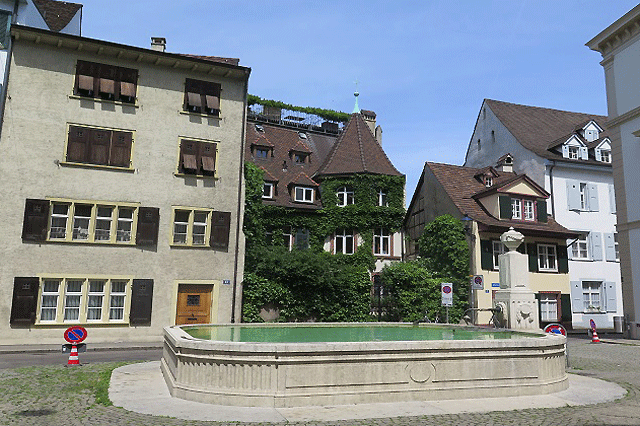
Directly upriver from the Munster, I ventured along the quiet winding medieval streets of St. Alban, where you can stroll along the Rhine, peek into antiques shops and dine in cozy bistros. An imposing sight is St. Alban Tor, an original medieval city gate set amid a verdant garden near remnants of the town’s ramparts. Charm meets curiosity at the Basel Paper Mill, a splendidly restored medieval mill complete with functioning waterwheel. This wonderfully accessible museum is a shrine to traditional papermaking and printing. Offering a hands-on experience, you’ll leave with paper you made, and the wax seals you pressed.
A short boat ride from Basel, take a trip to Colonia Augusta Raurica, the oldest Roman settlement on the Rhine, complete with a restored 1st-century BC theater. The remains of this 2,000-year-old Roman settlement have been extensively rebuilt, with substantial portions of the ancient town walls and gates, streets, water pipes, and heating systems all in evidence. It’s the best preserved ancient complex north of the Alps. www.basel.com
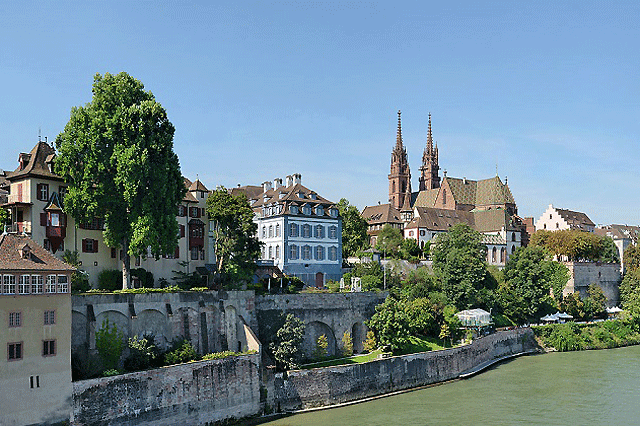
Where to stay? Hotel Schweizerhof, handily located next to the train station, is a winning roost with incredibly spacious and tastefully-decorated rooms and convivial staff. This gracious hotel is proud of its historic character, is incredibly good value and includes one of the tastiest buffet breakfasts I’ve devoured in Europe. www.schweizerhof-basel.ch/en/
From the Rhine River to the mighty Alps, travelling by train through Switzerland is one of Europe’s beloved magnets. Purchase a pass to suit your needs, in advance from Rail Europe, the experts in great rail travel. www.raileurope.co.nz
Flying direct from Singapore to 15 European destinations, Singapore Airlines offers incredible reach for Kiwis dreaming of a grand tour in Europe. Operating international flights from Auckland, Wellington and Christchurch, enjoy award-winning inflight service, impressive entertainment offerings on Krisworld and quality dining. For best fares and seats to suit head to www.singaporeair.com
By Mike Yardley. (July 28, 2018)

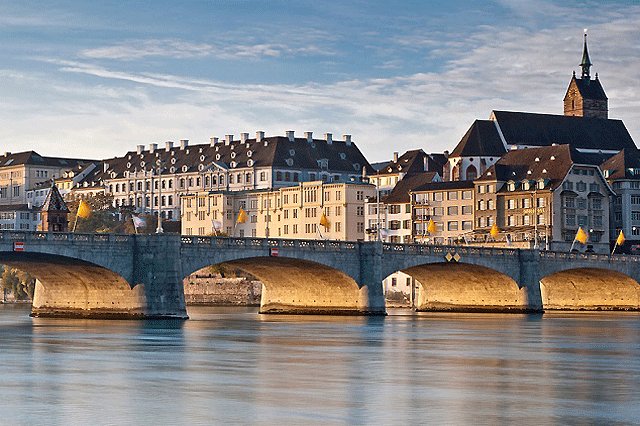
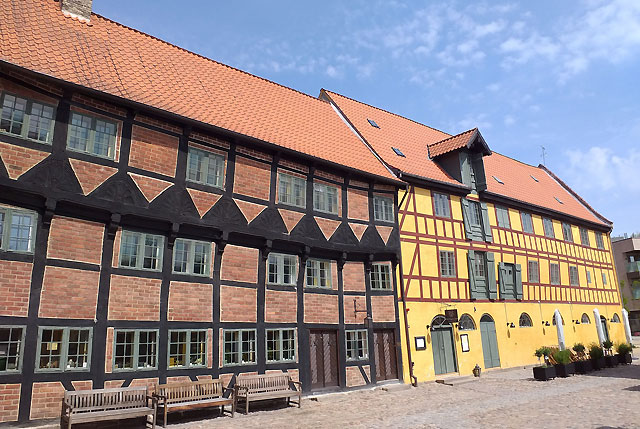
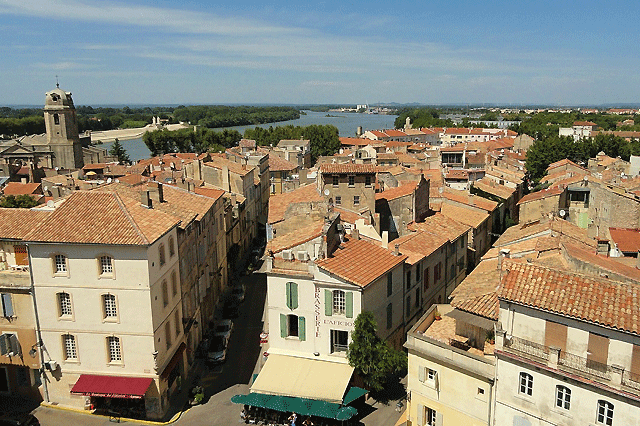
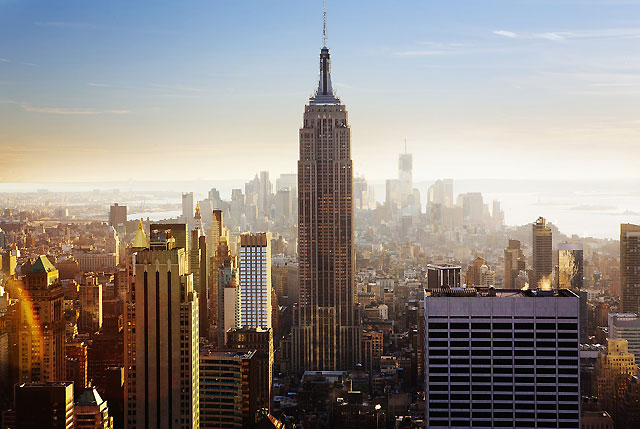
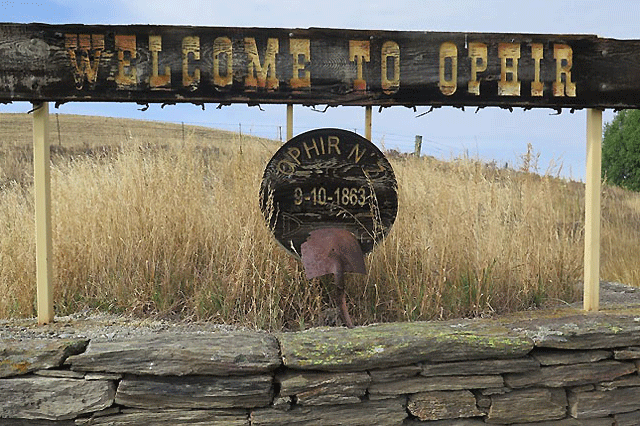

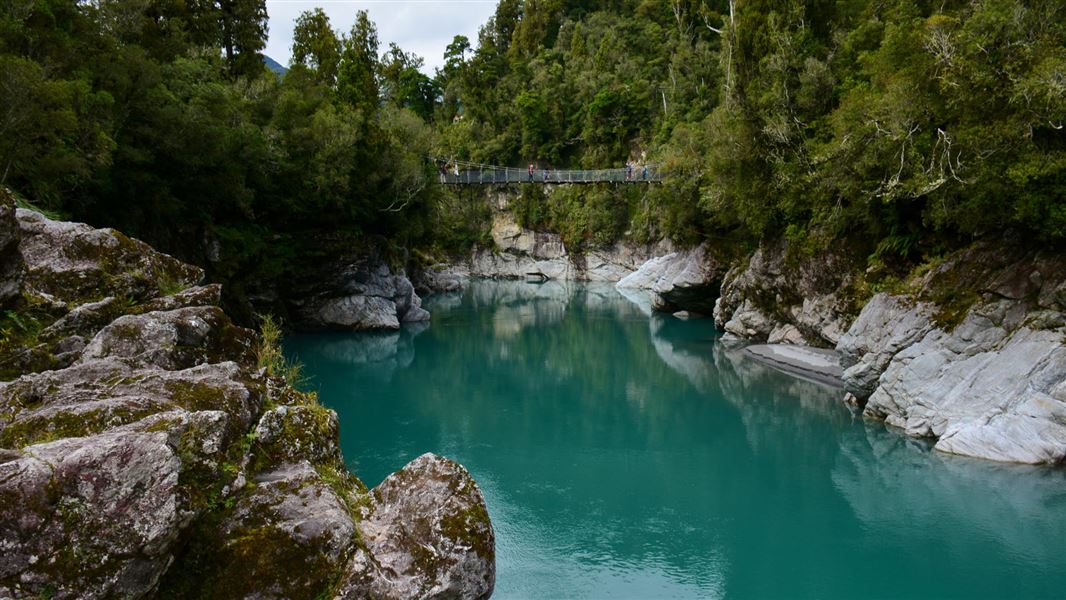
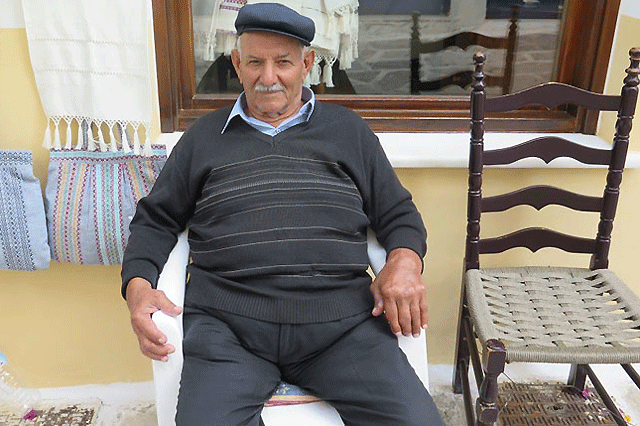
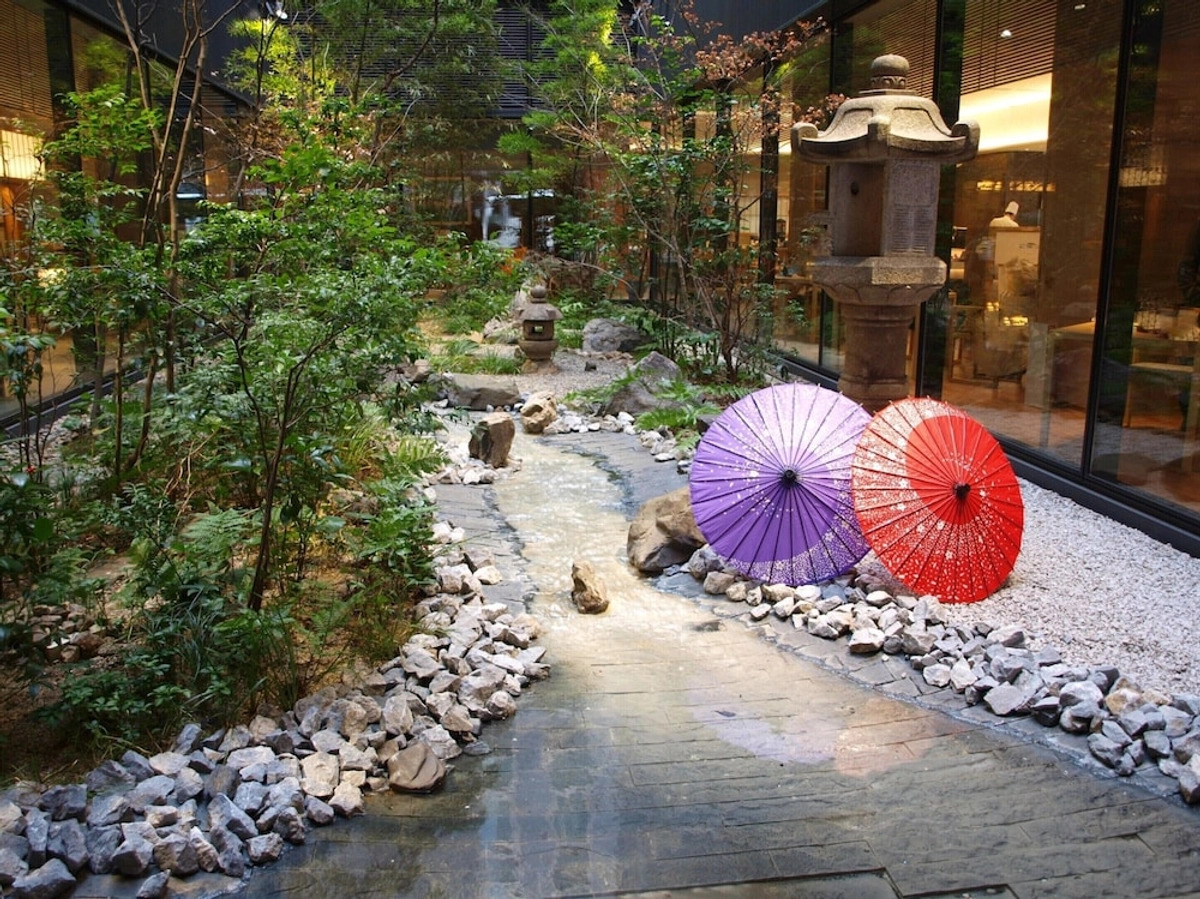



Recent Comments